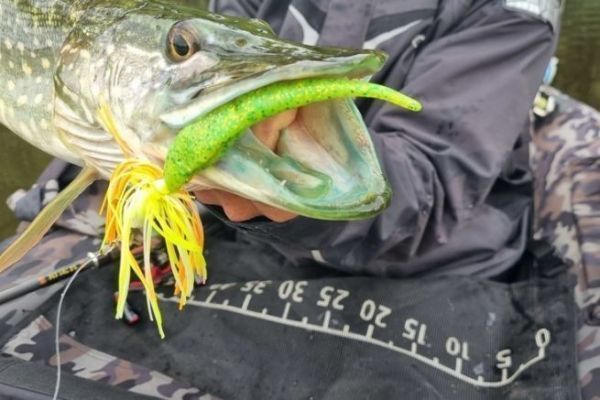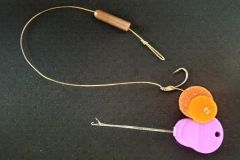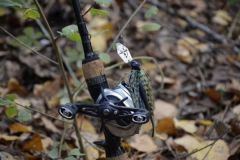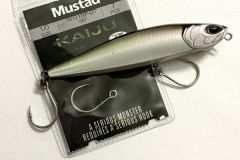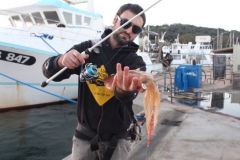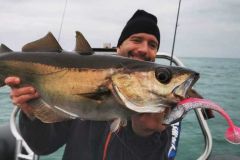Natural colors
Among the various so-called natural colors, a certain selection is adapted to the summer season. When the weed beds are growing, the higher water temperature and longer sunshine mean that pike will hide there to hunt and protect themselves. A large proportion of white fish also use them to feed and take advantage of the cooler, oxygenated water. Colors that imitate roach, bream or perch are particularly effective. White, grey and green are the first to go.
It can also be interesting to try to match as closely as possible the color of the weed bed you're fishing, as some fish, such as small pike, camouflage very well in it. Colors that imitate current-year pike are particularly interesting for luring large pike, which are generally cannibalistic.

Colors for tinted water
Of course, the water in our lakes and rivers is not always clear, and natural colors are not "all-purpose". One color that is very popular with anglers thanks to its effectiveness is fire tiger. This color is simply an imitation of a perch's coat, with the contrasts greatly enhanced by painting it with highly visible colors. This makes fire tiger a must-have color for pike fishing, both in summer and throughout the year.
There are also other colors such as chartreuse or kibinago, often embellished with numerous sequins to reflect the light. However, my favorite color for pike fishing in tinted waters is called Cotton Candy. It's a color with a purple back and yellow belly, particularly effective thanks to its perfect contrast. If you've never looked at a color wheel before, I recommend you do so when choosing colors for dyed waters. The best contrasts on the same lure are red/green and blue/orange.
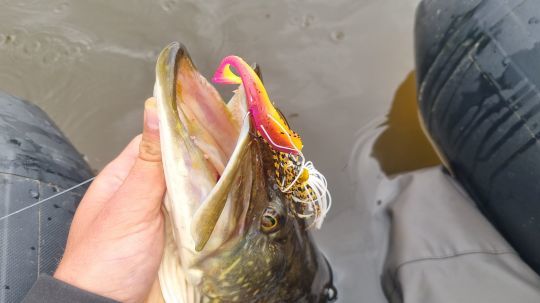
Find out more
The use of UV dyes is becoming increasingly widespread in the fishing world. However, the vast majority of carnivorous freshwater fish (pike, zander and black-bass) have no ultraviolet wave receptors in their highly-developed eyes.
Like us humans, pike don't perceive UV light, but they do perceive luminescence. Fluorescence, also known as phosphorescence, is a form of luminescence that can be perceived by pike. Phosphorescent lures are therefore a totally viable option when light levels are low and you've left your lure in the sun long enough for it to charge.
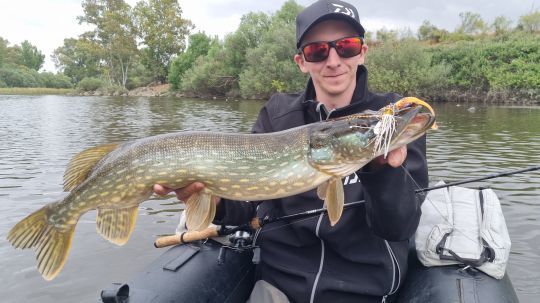

 /
/ 